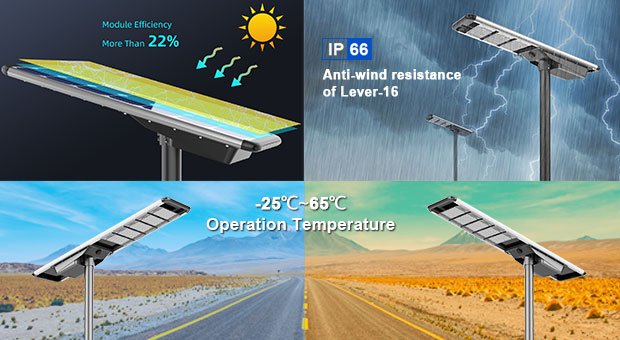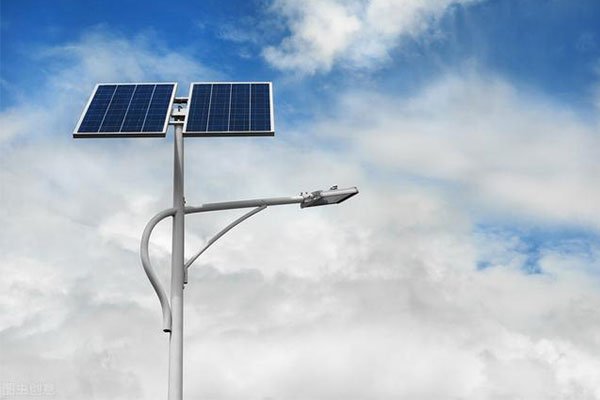Exporting solar street lights is a growing business, but how can you navigate the complex requirements of global markets?
The global demand for solar street lights is rising, driven by sustainable development goals and the need for cost-effective lighting solutions. However, exporting these products involves understanding market demand, certifications, and regulations in different countries.
This guide will walk you through the key factors affecting solar street light exports, from understanding market demand to securing the necessary certifications.
What Drives Market Demand for Solar Street Lights?
The surge in demand for solar street lights is influenced by both environmental and economic factors.
Key Market Drivers
- Sustainability Goals – Governments worldwide are pushing for clean energy solutions.
- Rising Energy Costs – The cost of traditional grid power is prompting businesses to look for alternatives.
- Urbanization and Infrastructure Development – Expanding cities and rural electrification projects drive demand.
- Government Subsidies and Incentives – Many countries provide financial support for renewable energy projects.
Growth in Developing Markets
Regions like Africa, Southeast Asia, and Latin America are seeing the most growth in solar street light adoption. The need for off-grid, affordable lighting solutions is significant, especially in rural areas.
What Are the Key Certification Requirements for Exporting Solar Street Lights?

To ensure your products meet international quality standards, securing the right certifications is essential when exporting solar street lights.
Common Certifications for Solar Street Lights
| Certification | Description |
|---|---|
| CE (European Union) | Confirms compliance with European safety and environmental standards. |
| UL (Underwriters Laboratories) | Certifies product safety in the U.S. market. |
| IEC (International Electrotechnical Commission) | Ensures conformity to global electrical safety standards. |
| RoHS (Restriction of Hazardous Substances) | Ensures products are free of hazardous materials like lead and mercury. |
| ISO 9001 | Certification for quality management systems. |
| CSA (Canadian Standards Association) | Certifies products for use in Canada. |
Importance of Certifications
Certifications are not only essential for compliance but also act as a trust signal for potential customers. Without the right certifications, your products might be rejected in key markets or face delays in customs.
What Are the Market-Specific Requirements for Exporting Solar Street Lights?
Each region has unique regulations and requirements for importing solar street lights, making it crucial to understand these differences.
Key Market-Specific Requirements
European Union (EU):
- CE marking for product conformity.
- RoHS compliance for restricted materials.
- Warranty and support requirements.
United States:
- UL certification for safety.
- Compliance with local codes and regulations (e.g., NEC).
- Energy Star certification can enhance marketability.
Africa:
- Many countries follow IEC standards for solar products.
- Import duties can vary, so it's essential to research specific countries (e.g., South Africa, Kenya).
- Local partnerships and government contracts are common.
Southeast Asia and Latin America:
- Countries may follow ISO or IEC standards.
- Local certifications like SNI in Indonesia may be required.
- Many countries have financial incentives for renewable energy projects.
Case Study: Exporting to Africa
In Africa, solar street lights are gaining popularity due to unreliable grid power in rural areas. Governments in countries like Nigeria and Uganda are increasingly looking to solar solutions. However, understanding local certification requirements and securing partnerships with local distributors is key to success in this market.
What Are the Key Challenges in Solar Street Light Exports?

While the demand for solar street lights is growing, exporters face several challenges that can complicate the process.
Common Challenges
- Complex Regulations – Different countries have varying import regulations and certification requirements.
- Logistical Issues – Shipping large, heavy components can be costly and time-consuming.
- Local Competition – Local manufacturers in emerging markets may offer cheaper alternatives.
- Price Sensitivity – In developing countries, price is often a key decision factor, requiring cost-effective solutions.
Overcoming Challenges
- Research and Plan Ahead: Understand the specific regulations and certification requirements for each market.
- Work with Local Distributors: Partnering with local firms can simplify distribution and ensure compliance with local laws.
- Focus on Quality and Durability: Emphasize the long-term cost savings of solar street lights to justify the price.
Conclusion
Exporting solar street lights offers significant business opportunities, but success requires understanding market demand, certification requirements, and regional differences. By securing the necessary certifications, navigating local regulations, and addressing logistical challenges, businesses can tap into the growing global demand for sustainable lighting solutions.







